 "ttyymmnn" (ttyymmnn)
"ttyymmnn" (ttyymmnn)
07/20/2020 at 09:10 ē Filed to: good morning oppo, wingspan
 4
4
 17
17
 "ttyymmnn" (ttyymmnn)
"ttyymmnn" (ttyymmnn)
07/20/2020 at 09:10 ē Filed to: good morning oppo, wingspan |  4 4
|  17 17 |

Happy Monday, Opponauts. Have a not B-17.
Itís actually an XB-38. Boeing modified a single B-17 to accept Allison V-1710 V-12 engines instead of the usual Wright 1820 Cyclones. The USAAF wanted a fallback in case the supply of Wrights was compromised. The single prototype was lost in a crash after one of the engines caught fire and the crew bailed out.
Iíve posted this aircraft before. However, I stumbled upon a nice little collection of photos of the XB-38 that Iíd never seen before.
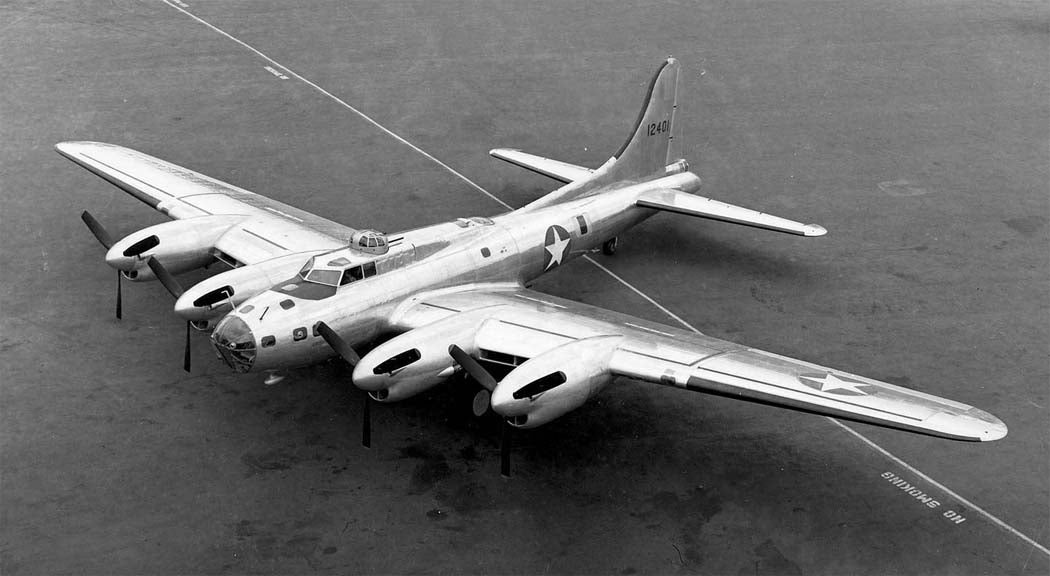
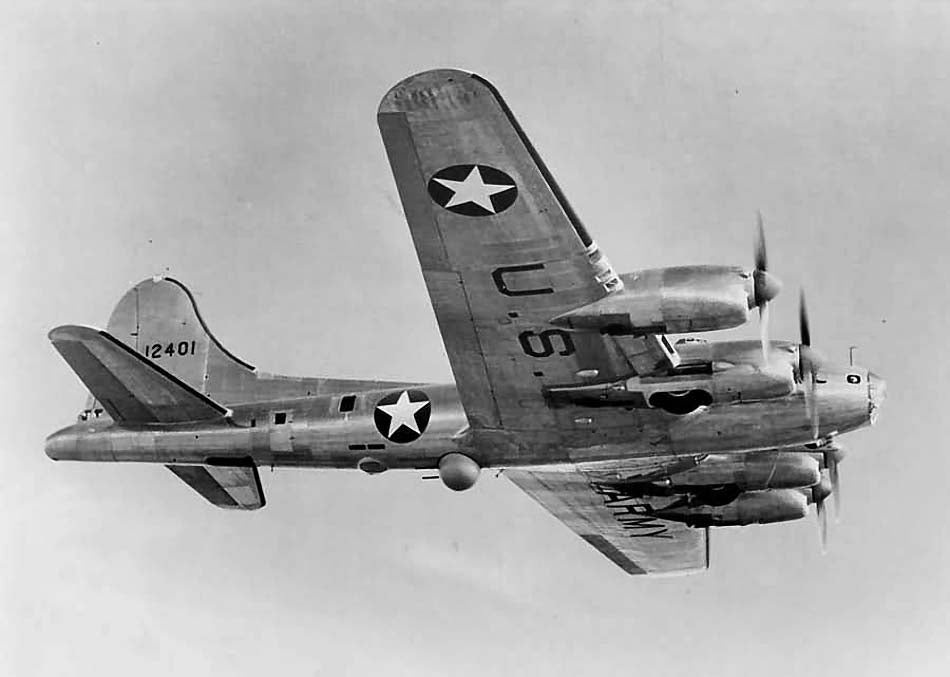
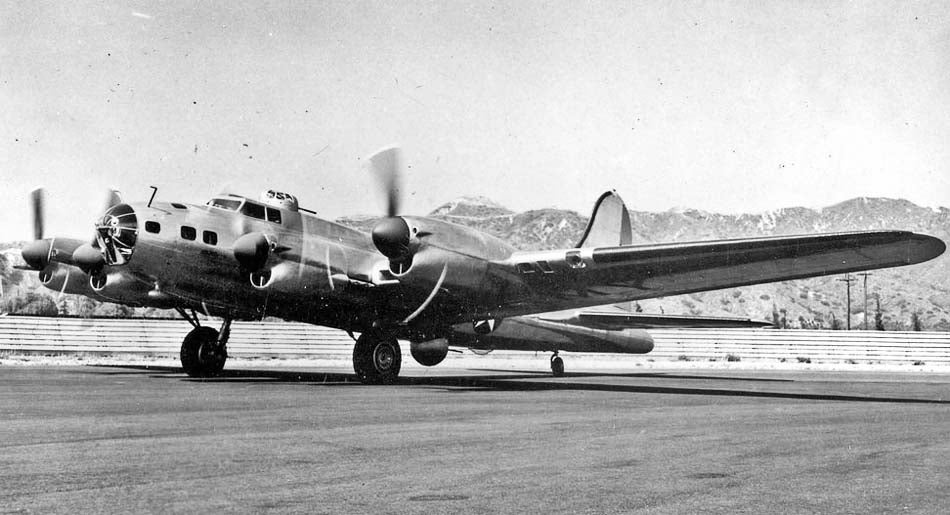
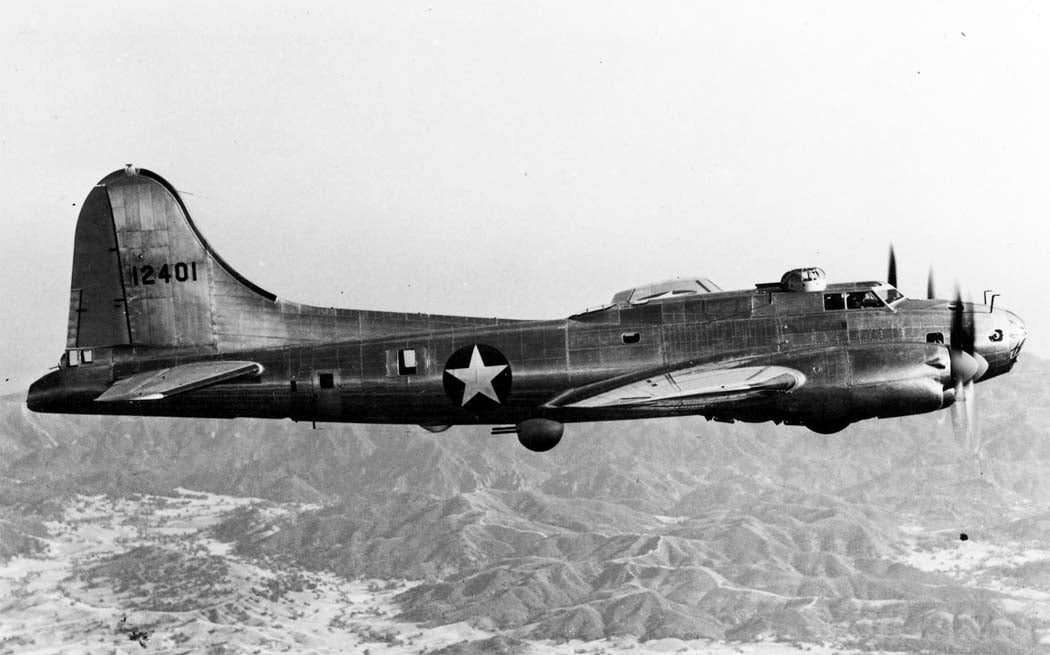
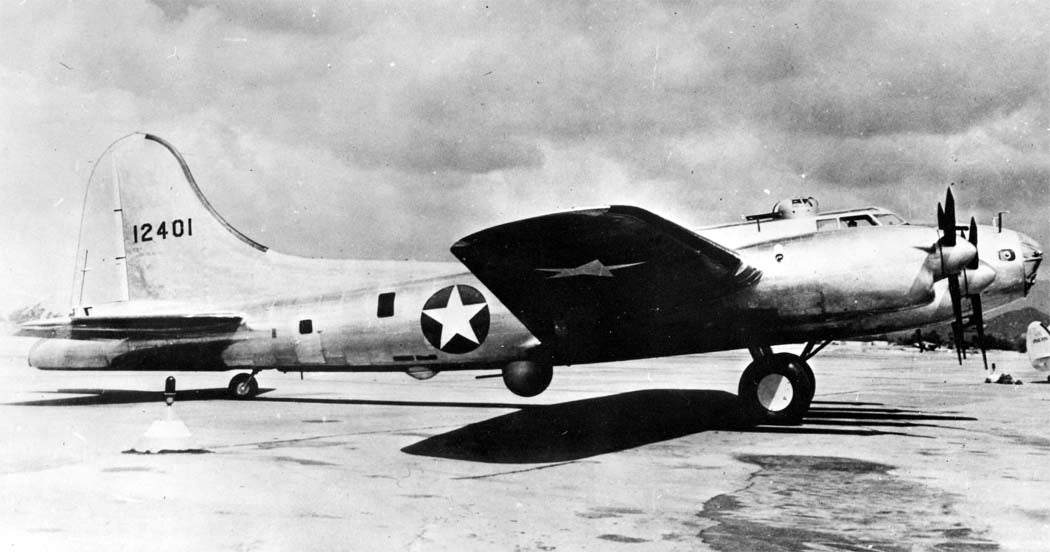

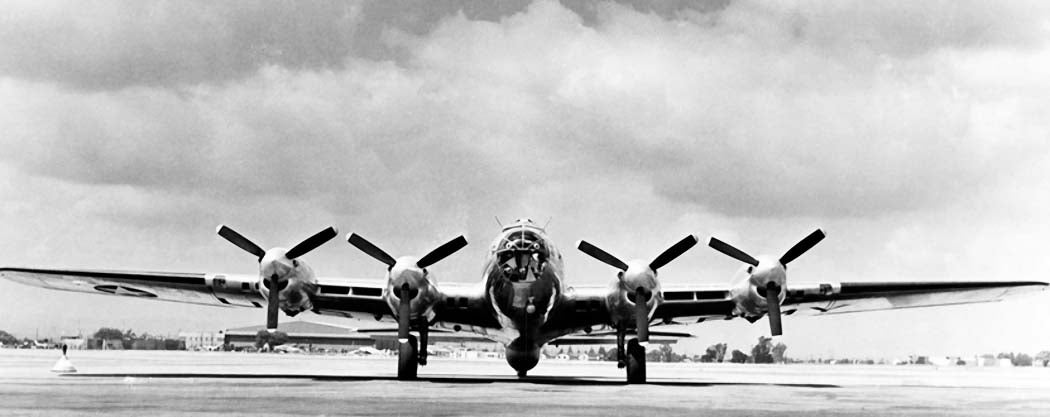
 InFierority Complex
> ttyymmnn
InFierority Complex
> ttyymmnn
07/20/2020 at 09:21 |
|
Enjoy this other not a B-17 but a SAAB B 17A. The only one still airworthy.
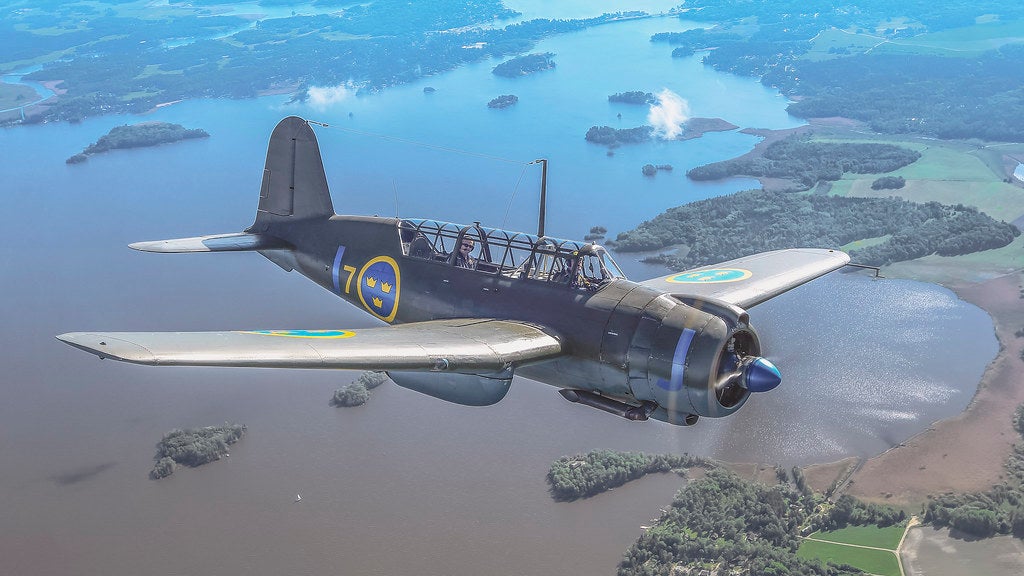
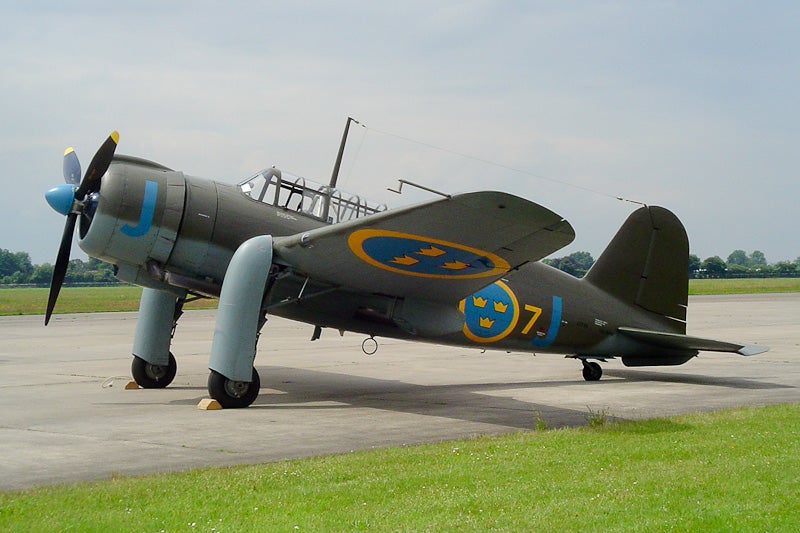
And why not a 10 minute video on Swedish dive bombing doctrine?
 Turbineguy: Nom de Zoom
> ttyymmnn
Turbineguy: Nom de Zoom
> ttyymmnn
07/20/2020 at 09:38 |
|
Iíve read about the XB-38; thatís a really sleek looking installation. I have to think the plane picked up some top end from the reduction in drag.
 ttyymmnn
> Turbineguy: Nom de Zoom
ttyymmnn
> Turbineguy: Nom de Zoom
07/20/2020 at 09:41 |
|
That second photo, taken from above, always makes me think of this:

 user314
> ttyymmnn
user314
> ttyymmnn
07/20/2020 at 10:17 |
|
Itís like looking through a portal into a parallel world or alternate timeline. Itís recognizable, but thereís enough differences to be off .
Still, if there were more Allison engines available, I wonder if the AAF would have switched to the B-38 instead of the B-17. The B-38 had faster cruise and top speeds compared to a B-17G, as well as a longer range, though the service ceiling was lower .
XB-38 Performance
Maximum speed: 327 mph (526 km/h, 284 kn)
Cruise speed: 226 mph (364 km/h, 197 kn)
Range: 3,300 mi (5,310 km, 2,870 nmi)
Service ceiling: 29,600 ft (9,020 m)
B-17G Performance
Maximum speed: 287 mph (462 km/h, 249 kn)
Cruise speed: 182 mph (293 km/h, 158 kn)
Range: 2,000 mi (3,219 km, 1,738 nmi) with 6,000 lb (2,700 kg) bombload
Service ceiling: 35,600 ft (10,850 m)
 ttyymmnn
> user314
ttyymmnn
> user314
07/20/2020 at 10:30 |
|
I wonder if maintenance on those liquid cooled engines was more difficult, or if the survivability of the radial was higher. By that time, the US had become very good at building reliable and powerful radials.†
 InFierority Complex
> user314
InFierority Complex
> user314
07/20/2020 at 10:32 |
|
Is the range on the XB-38 including the 6000 lb bomb load that the B-17 stat lists or empty? Whatís an empty B-17G range?†
 user314
> InFierority Complex
user314
> InFierority Complex
07/20/2020 at 10:56 |
|
Per the aircraft manual from Boeing for the B-17G, ferry range (i.e.: no bombs) is 2,624 nmi.
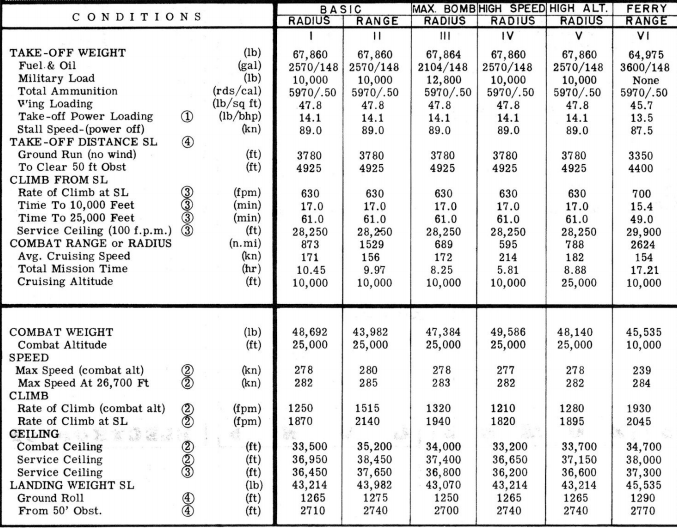
Per this site , the XB-38 range was 2400 miles with 3000 pounds of bombs, 1900 miles with 6000 pounds of bombs.
 Turbineguy: Nom de Zoom
> ttyymmnn
Turbineguy: Nom de Zoom
> ttyymmnn
07/20/2020 at 12:53 |
|
Design inspiration?
 Only Vespas...
> ttyymmnn
Only Vespas...
> ttyymmnn
07/20/2020 at 13:32 |
|
I agree about survivability. †Merlin engine Mustangs were always said to be vulnerable..one round could take out the cooling system...etc. I think the radial B-17 was the logical choice.
 ttyymmnn
> Turbineguy: Nom de Zoom
ttyymmnn
> Turbineguy: Nom de Zoom
07/20/2020 at 15:29 |
|
Possibly. I dig the Art Deco vibe in so many of those SW ships.†
 ttyymmnn
> Turbineguy: Nom de Zoom
ttyymmnn
> Turbineguy: Nom de Zoom
07/20/2020 at 15:41 |
|
As long as weíre looking at SW design inspiration, how about this? Another Naboo ship next to a swing wing supersonic proposed by Barnes Wallis in the 1950s.
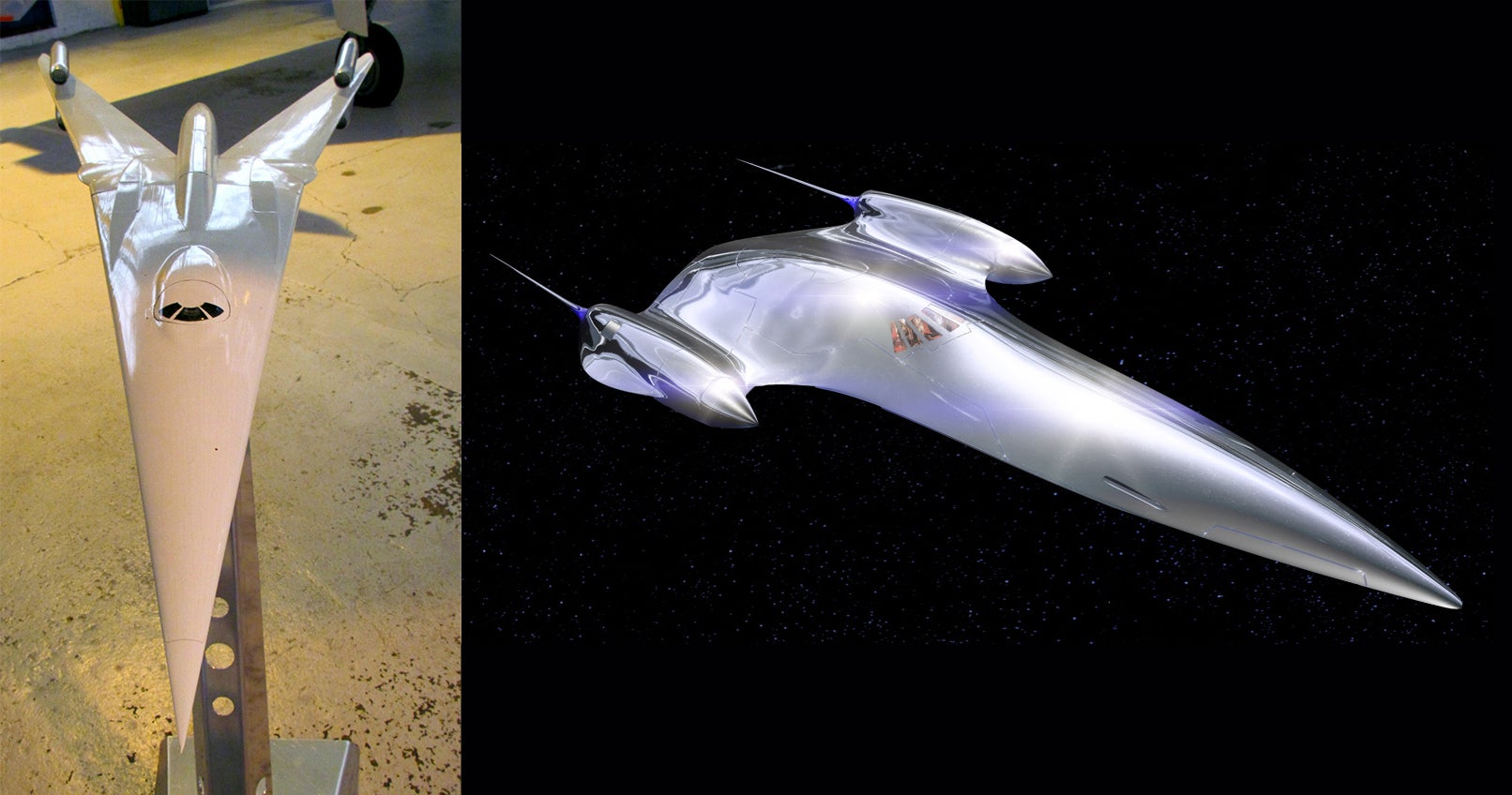
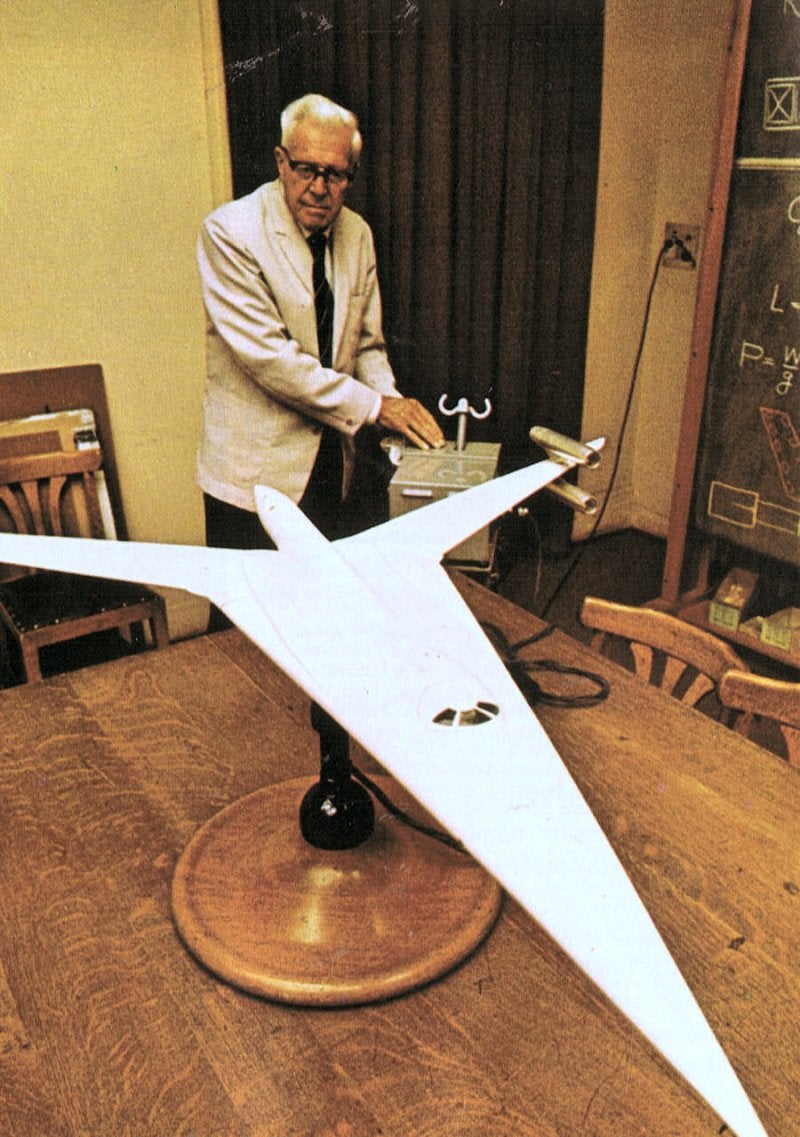
 Turbineguy: Nom de Zoom
> ttyymmnn
Turbineguy: Nom de Zoom
> ttyymmnn
07/20/2020 at 16:16 |
|
I get more of an SR-71 vibe from the Naboo ship. The swing wing model is pretty cool though.†
 oldmxer
> ttyymmnn
oldmxer
> ttyymmnn
07/21/2020 at 01:19 |
|
sweet looking plane with those engines
 ttyymmnn
> oldmxer
ttyymmnn
> oldmxer
07/21/2020 at 01:40 |
|
Indeed. Particularly striking in that second photo.
 oldmxer
> ttyymmnn
oldmxer
> ttyymmnn
07/22/2020 at 22:27 |
|
probably slipped through the air more efficiently too
 ttyymmnn
> oldmxer
ttyymmnn
> oldmxer
07/22/2020 at 22:36 |
|
That was always one of the reasons given for using the inline engine, that it was more aerodynamic. German fighters, particularly the Bf 109, were almost all inline engines, the principal exception I can think of being the Fw 190. Turns out 190 pilots enjoyed the protection afforded by that giant hunk of steel in front of them.†
 oldmxer
> ttyymmnn
oldmxer
> ttyymmnn
07/24/2020 at 01:56 |
|
I still appreciate the radials, i had a P 47 toy as a kid i always loved the lines of that plane, if you pushed a button the machine guns flashed red, and sound to boot